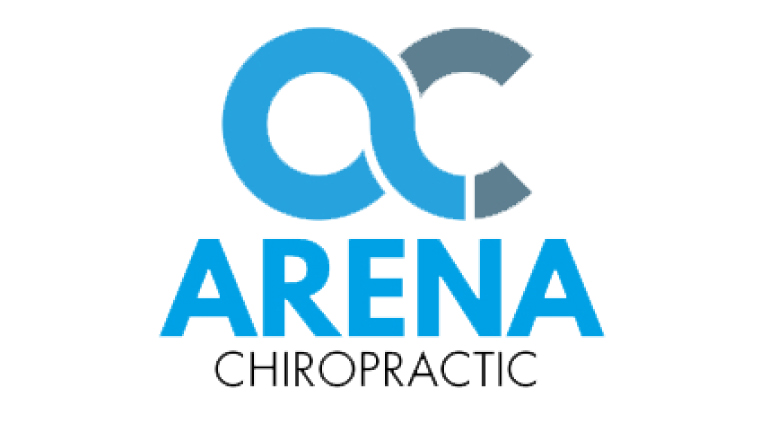Your nerve system is your body’s master communication system. Your brain – your body’s central processing unit – receives information from every other system. Information on sight, sound, touch, taste, and smell is constantly bombarding your brain. Information on muscle activity, placement of your arms and legs and fingers and toes, and the positioning of your joints reaches the brain, nanosecond by nanosecond. Feedback is constantly being supplied on how many new red blood cells are being manufactured, how much acid has been secreted into the stomach to help digest your breakfast, and how much insulin, epinephrine, and other hormones is needed for healthy functioning.1
Your brain processes information faster than the world’s fastest computer2, and you get to have one for free!
Remarkably, man-made computers are exactly like the human brain. How information is received, how it is processed, and how instructions are sent back out again – these activities are quite identical in both the artificial machine and the living organ.3
How is all the information transferred back and forth? Messages coming to the brain from the body and messages going from the brain to the body are transmitted via the spinal cord, the tail-like direct extension of the brain itself. The spinal cord – delicate nervous tissue – is encased in the bony structures of the spinal canal, housed within the spinal column.
Of course, all systems in the body are related. Interestingly, problems with spinal mechanics may interfere with normal activities taking place in the spinal cord. If spinal muscles are irritated and spinal ligaments are tight, pain signals from these structures will affect normal signals flowing through the local spinal nerve. Ramped-up pain signals impact levels of other signals, enhancing some and depressing others. The ultimate result is that of “wires being crossed”. Systems then begin to break down and the person’s health may be affected.
So, mechanical problems in the spine can lead to many other physical ailments. Tight neck muscles, headaches, painful lower backs, and even arm pain or leg pains suggest altered spinal mechanics. How may these health issues be addressed?
Chiropractic health care is specifically designed to diagnose and treat spine-related complaints. Treatment is gentle and directed toward restoring mobility, reducing pain and irritation of spinal muscles and ligaments. As these painful conditions resolve, more normal functioning within the nerve system is made possible. The result is greater health and improved well-being across the range of your body’s systems.
1Carpenter RHS: Neurophysiology, 4th ed. Hodder Arnold, 2002
2Moravec H: When will computer hardware match the human brain? J Evolution Tech 1, 1998 – http://www.transhumanist.com/volume1/moravec.pdf
3Lytton WW: From Computer to Brain. Springer, 2002





